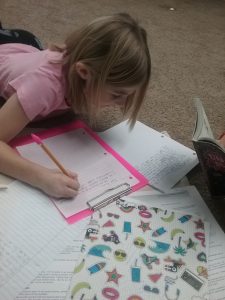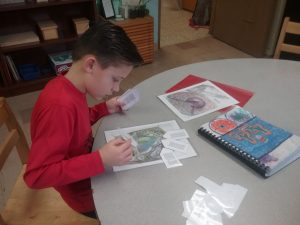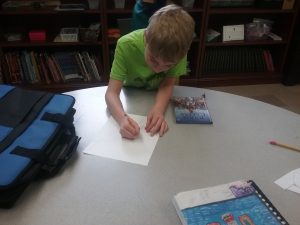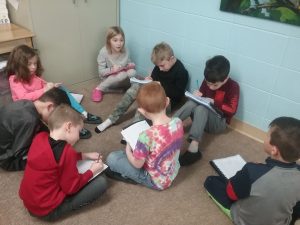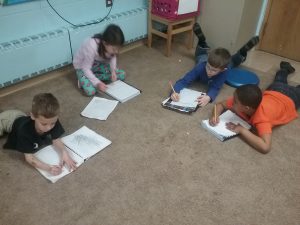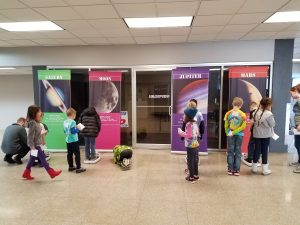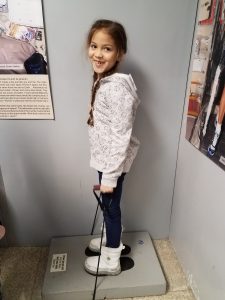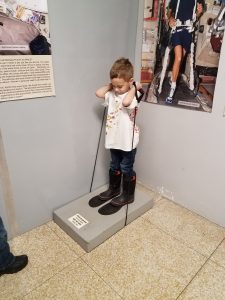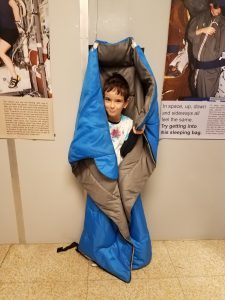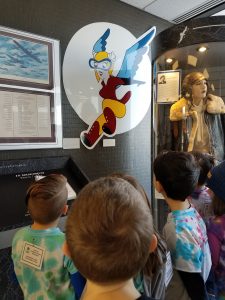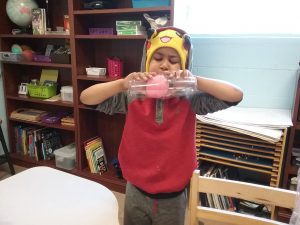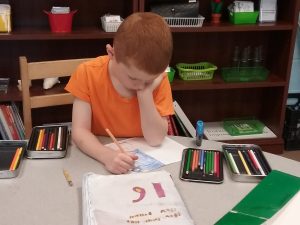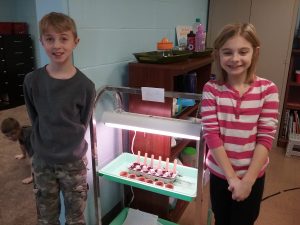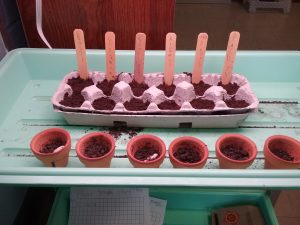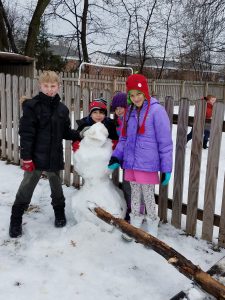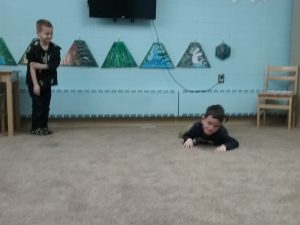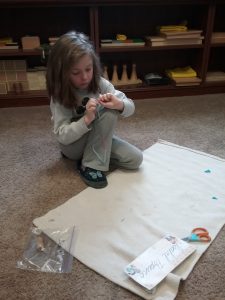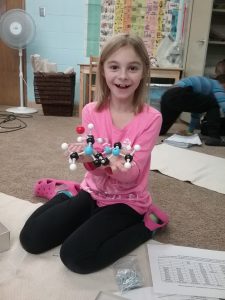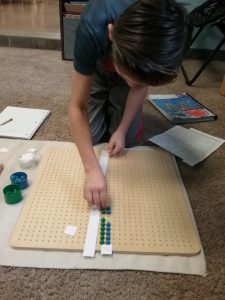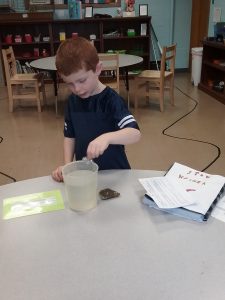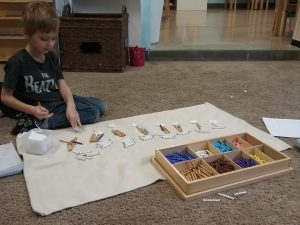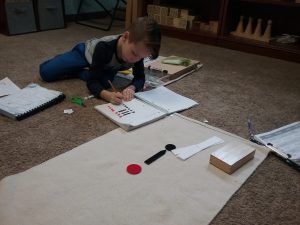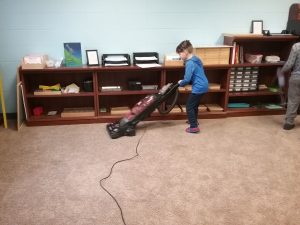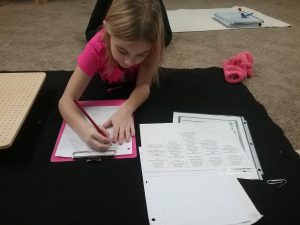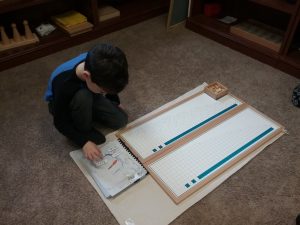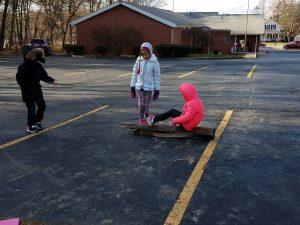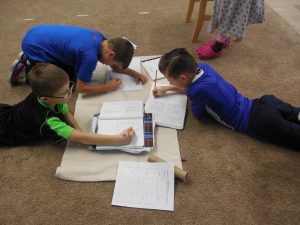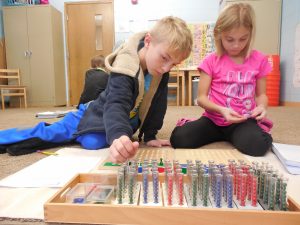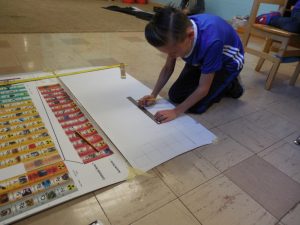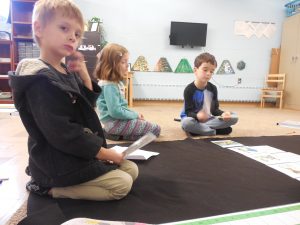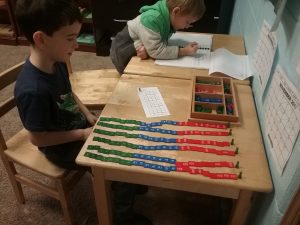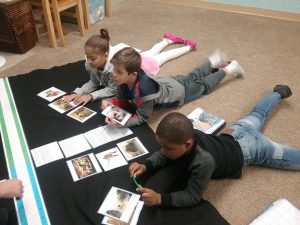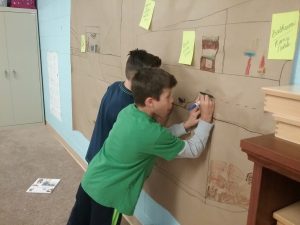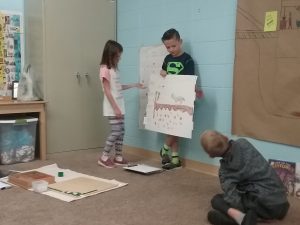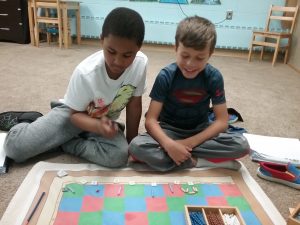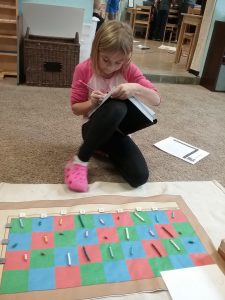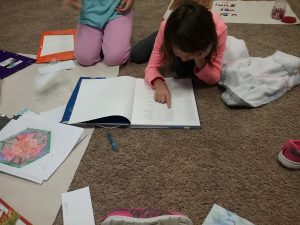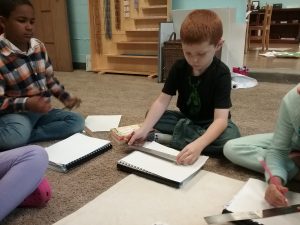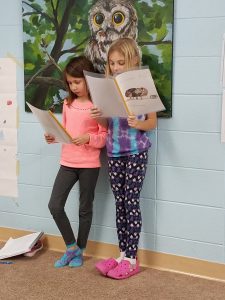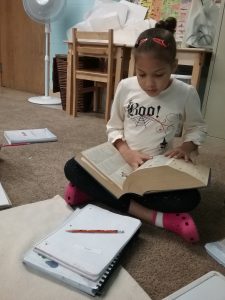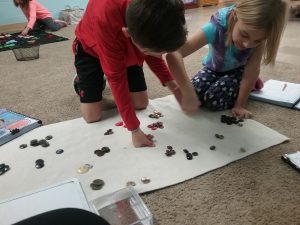This week our “Peek” was written by two of our students! These students read our previous blogs, took pictures around the room, and filled in a blog template. The students did some editing together and with a teacher so what you will read below is their final product. There are still some misspelled words in their final product, but in a Montessori classroom we focus on the process, instead of the end result. Dr. Montessori believed when we put all of the emphasis on the final product, we devalue everything leading up to that point. This can discourage repetition which will make mastery of a skill difficult. The purpose of the students writing the blog is to provide you with a glimpse into the room through their eyes, to provide them with practice of real world skills, and to give them a deeper understanding of the materials in the room. We hope you enjoy their work!
“A Peek at Our Week” by Tyler (Fourth Grade) and André (Second Grade)
Throughout the week it was exsiting and interesting. We did a lot of things. We did knew science experiments. It was lots of fun. This is the blog.
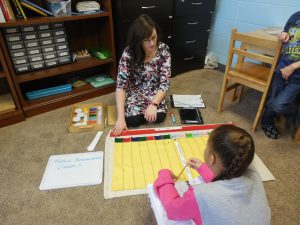
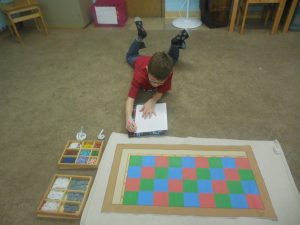
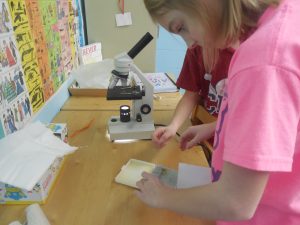
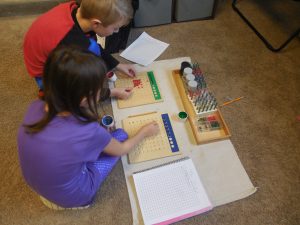
“A Peek at Next Week” by Ms. Ashley
Next week, first grade students will review division with the Stamp Game, will discuss two straight lines on the same plane, and will learn the external characteristics of nematodes. Second year students will look at multiples and factors, will continue to review angles on a transversal, and will discuss landforms made of rocks, both natural and manmade. Third year students will practice multiplication on the Flat Golden Bead Frame, will review the rules of the apostrophe, and will discover the main characteristics of annelids. All Lower Elementary students will talk about the year and its parts and will begin the Africa Continent Study. Fourth year students determine relationships between primates, will bisect the height of triangles to find the area, and will begin studying viruses.
REMINDERS:
- Greater Cleveland Aquarium “Going Out Experience” permission slips are due Monday, February 5. If your child would like to attend, the slip must be turned in on time in order to reserve our spot.
- Our School Dance “Fun”raiser is Saturday, February 10, from 2-4 pm
- Lake MetroParks Farm Park Field Trip forms are due Friday, February 16. This is a field trip for the entire class, not an optional “Going Out Experience.”
- We need your help to make our Valentine’s Day party a success. Please take some time to review our list of supplies and sign up if you can bring something! Our list can be found here.

